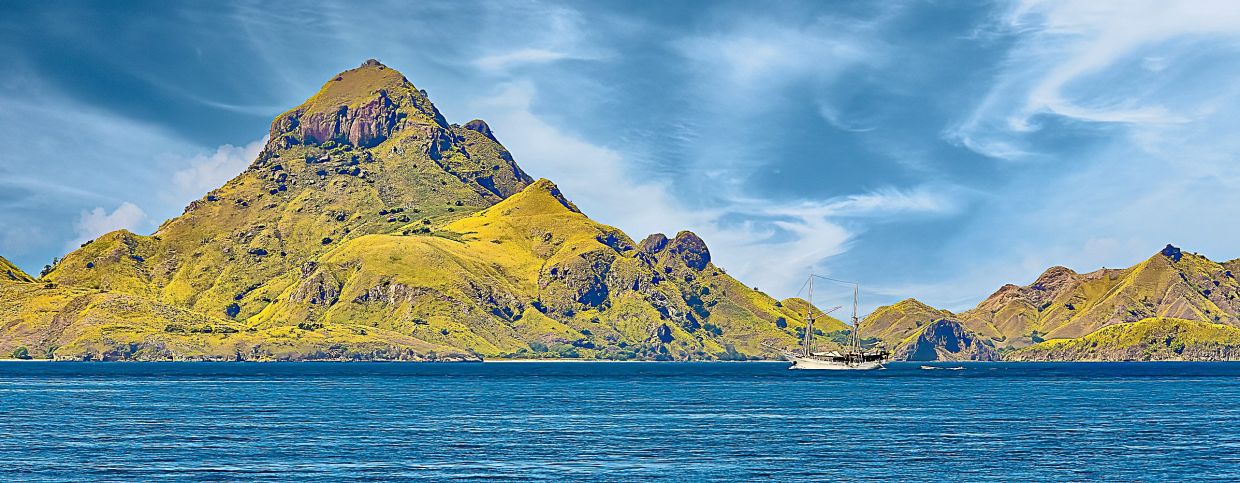[ad_1]
Landscape photography is a captivating art form that captures the beauty and essence of outdoor scenery.
Through careful composition and skilled use of lighting, colours and textures, landscape photographers aim to convey the natural world’s vastness, serenity and emotional impact.
Whether breathtaking majestic mountain ranges, beautiful seascapes, green forests, or cityscapes, these photographers strive to freeze moments in time that evoke a sense of wonder and appreciation for the world around us.
By emphasising landscapes’ grandeur and unique features, they create images that transport viewers to distant places and inspire a deeper connection with nature.
Landscape photography can be done in many locations, from exotic destinations to your backyard.
Seek natural wonders like national parks for breathtaking vistas.
Explore coastal areas for stunning seascapes, or even venture into mountainous regions for dramatic peaks.
This genre can also embrace the charm of the countryside and rural places, where we can feature their uniqueness by showing off the beauty of waterfalls, rivers, or even the houses found there.
Landscape photography encompasses various technical and artistic aspects to create compelling images.
The type of lens used for this genre is important.
Generally, 10–24mm or 15–35mm wide-angle lenses come in handy to capture a wide range of landscapes.
Telephoto lenses, like 70–200mm or 100–400mm, can also help isolate specific elements or compress perspectives, adding a unique touch to compositions.
Selecting the appropriate aperture is crucial.
For most landscape shots, a narrower aperture (higher f-number) is preferred to achieve a larger field depth, ensuring that foreground and background elements remain focused.
Aperture values like f/8 to f/16 are mainly used.
Use the rule of thirds and leading lines to create focus and appeal to draw viewers into the picture when composing the visual.
Placing key subjects off-centre and aligning them along imaginary lines helps to add a sense of balance and interest to the photos.
One can also consider using trees or archways to frame the main subject. This gives depth and brings the viewer’s attention to the focal point, engaging them in the composition.
The moment and desired effect will determine the shutter speed choice. A faster shutter speed would capture sharper images. For motion blur in scenes like waterfalls or clouds, longer exposures (slower shutter speeds) are needed to create such images.
A sturdy tripod is needed to stabilise the camera during longer exposures.
Keep the ISO low in landscape photography, like ISO 100 or 200. This is to maintain image quality and minimise digital noise in landscape photos.
Bracketing is another technique used to capture multiple exposures at different exposure values, retaining the highlight and shadow when there is a vast difference between the two exposures, to recreate the scene’s dynamic range in post-processing.
Filters like neutral density (ND) can also control the light or achieve longer exposures for smoother water effects.
Graduated neutral density (GND) filters can also help balance the exposure between bright skies and darker landscapes.
Of course, in adjusting the colours, contrast, and sharpness to make the photos pop, post-processing is another essential part of the techniques for bringing the best out of the images.
While understanding landscape photography techniques is important, cultivating artistic pictures and highlighting the natural world contribute significantly to creating beautiful pictures using the available lights and colours when taking photos.
To find a voice or “trademark” in this genre, one has to experiment and create their own style in composing and capturing the scene in their presentation.
[ad_2]





